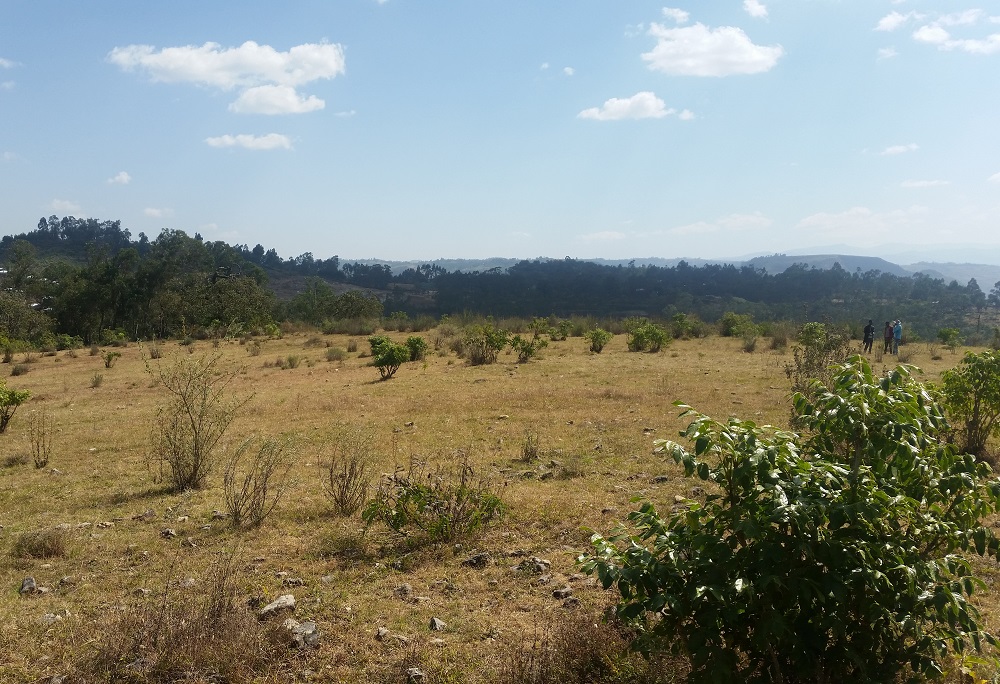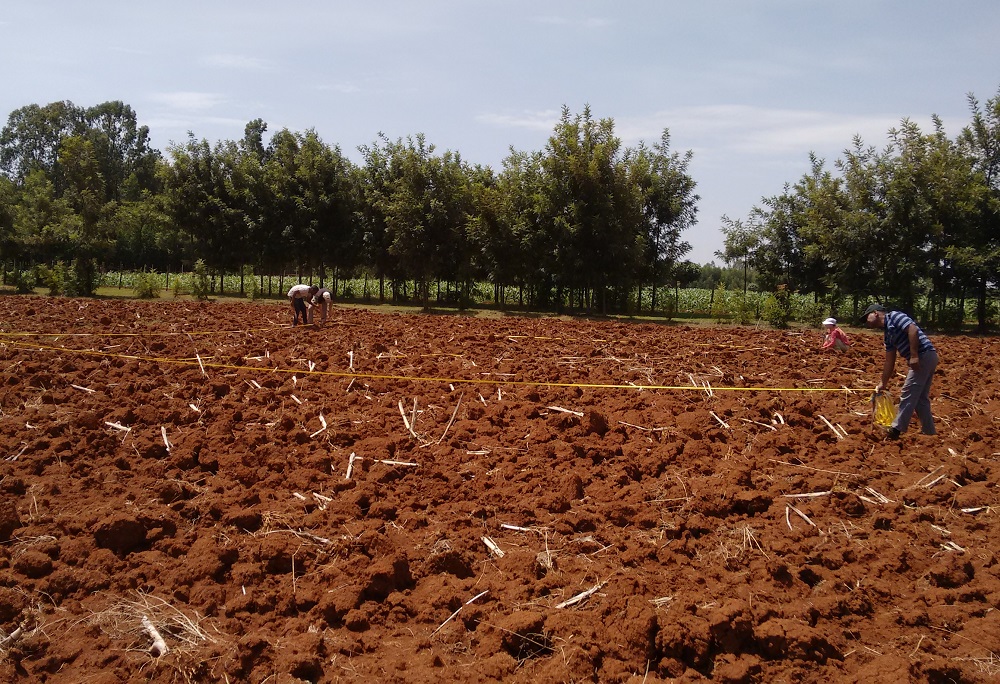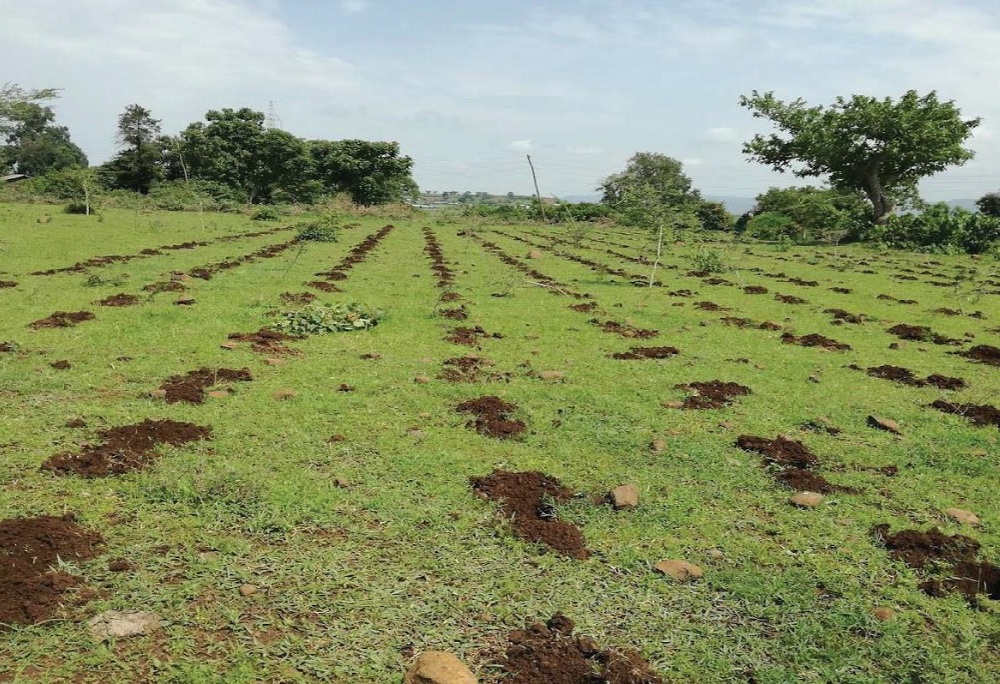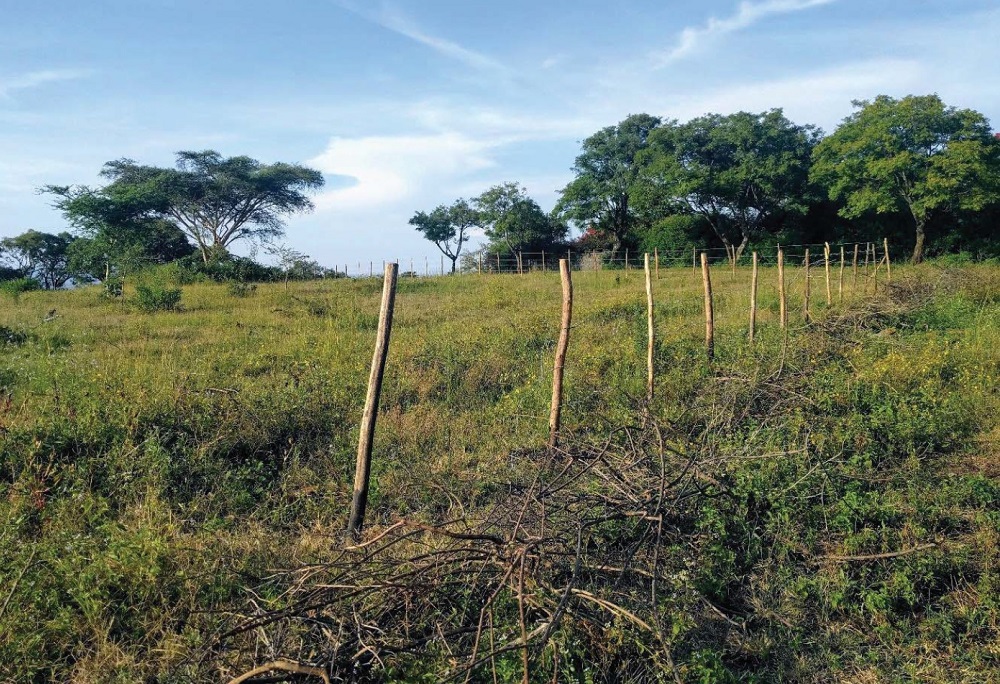Reforestation of the Ethiopian Highlands
Science-based pilot project to establish both species-diverse habitats and sustainable income sources
Project Facts
Location
Ethiopia
Bahir Dar, Amhara
Project Volume
100.000-500.000 EUR
Applied Financing Solutions
Grants
Project Dates
Start: 2018
In operation since/from: 2018
The Story
While most afforestation efforts in Ethiopia are carried out with non-indigenous tree species such as eucalyptus, a project by the University of Natural Resources Vienna (BOKU) aims to develop species-diverse plantations that replicate the remaining 3% of primary forest that once used to cover the Ethiopian highlands.
The project realizes three pilot plantations using indigenous tree species carefully selected on the basis of traits such as growth rate, light requirements, position in ecological succession, leaf and root morphology, symbiotic associations etc. – as well as on their commercial value and acceptance by local farmers.
The aim is to develop replicable forest systems with multiple uses which in the short term produce a constant and sustainable income stream for farmers, and in the long term make a major contribution to Ethiopian climate targets.
The innovation within the project is the changed approach in regard to planning forests as permanent structures, not as short rotation plantations of a few years. The resulting near-natural forest ecosystems will provide important services such as carbon sequestration, clean water and habitats for pollinators, birds and other animals on the one hand, and on the other social benefits to the local communities to whom the restored forests belong.
Success Factor | Hero Moment
Central enabling factors for the realization of the project are its scientific base and especially its rootedness in a previous BOKU project to determine suitable tree traits.
Finding agreement and support of local communities became the decisive breakthrough moments for the project, since keeping the tree seedlings alive does not only require physical barriers such as fencing to prevent pasturing, but also a very strong community involvement.
Submitter
University of Natural Resources Vienna (BOKU) - Institute of Forest Ecology, Austria
Other Involved Stakeholders
ARARI Amhara Regional Agricultural Research Institute, University of Bahir Dar
Contact Mail
douglas.godbold@boku.ac.at
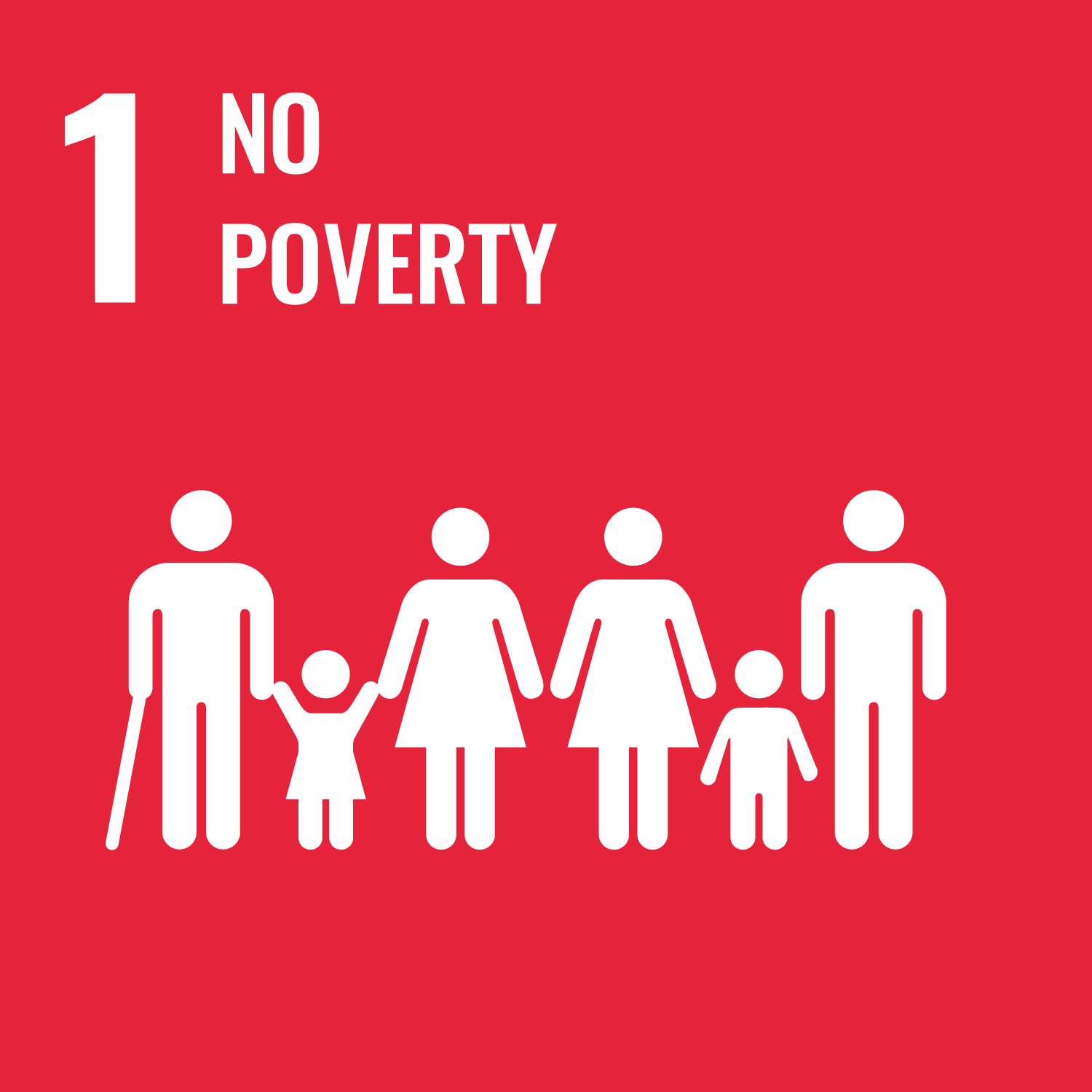
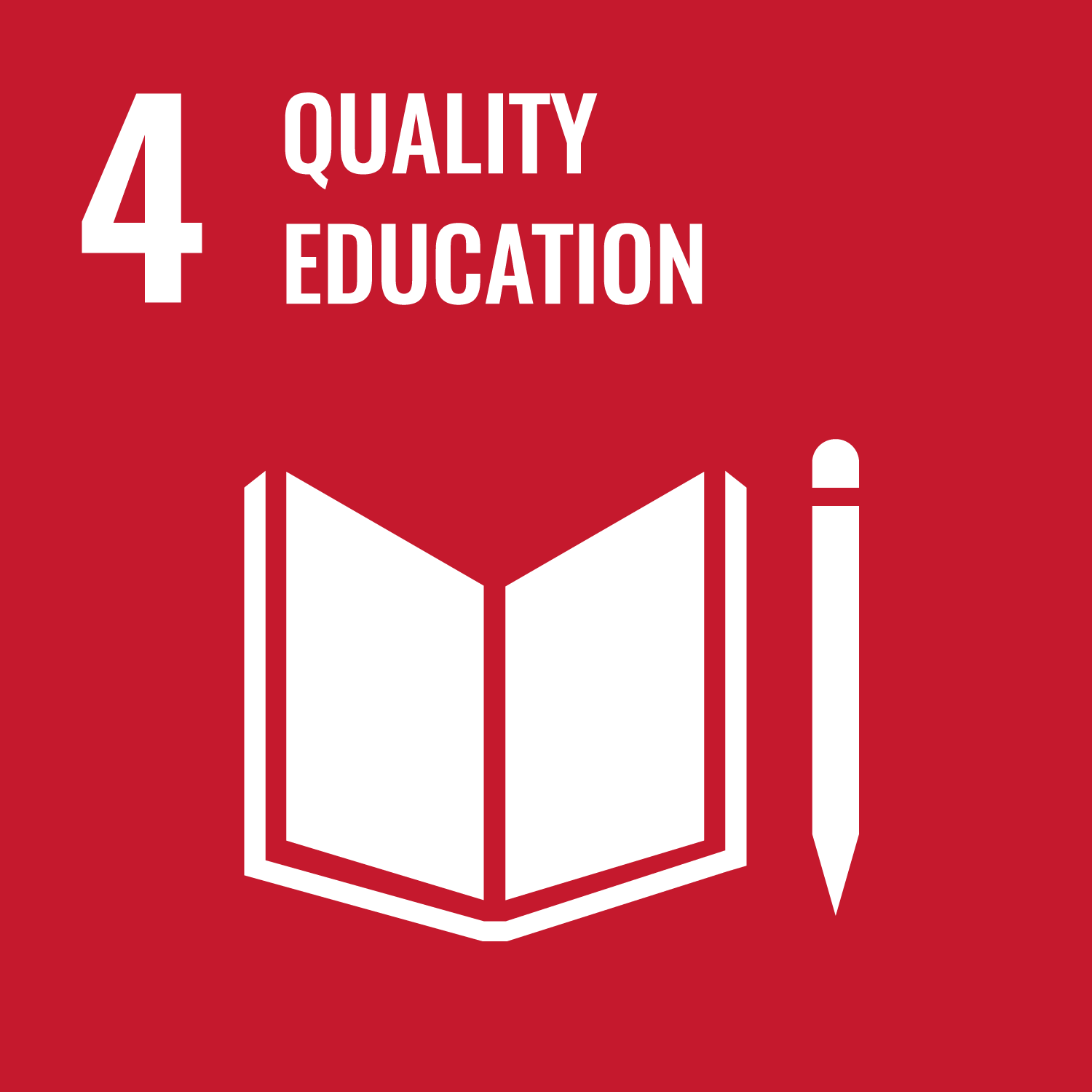
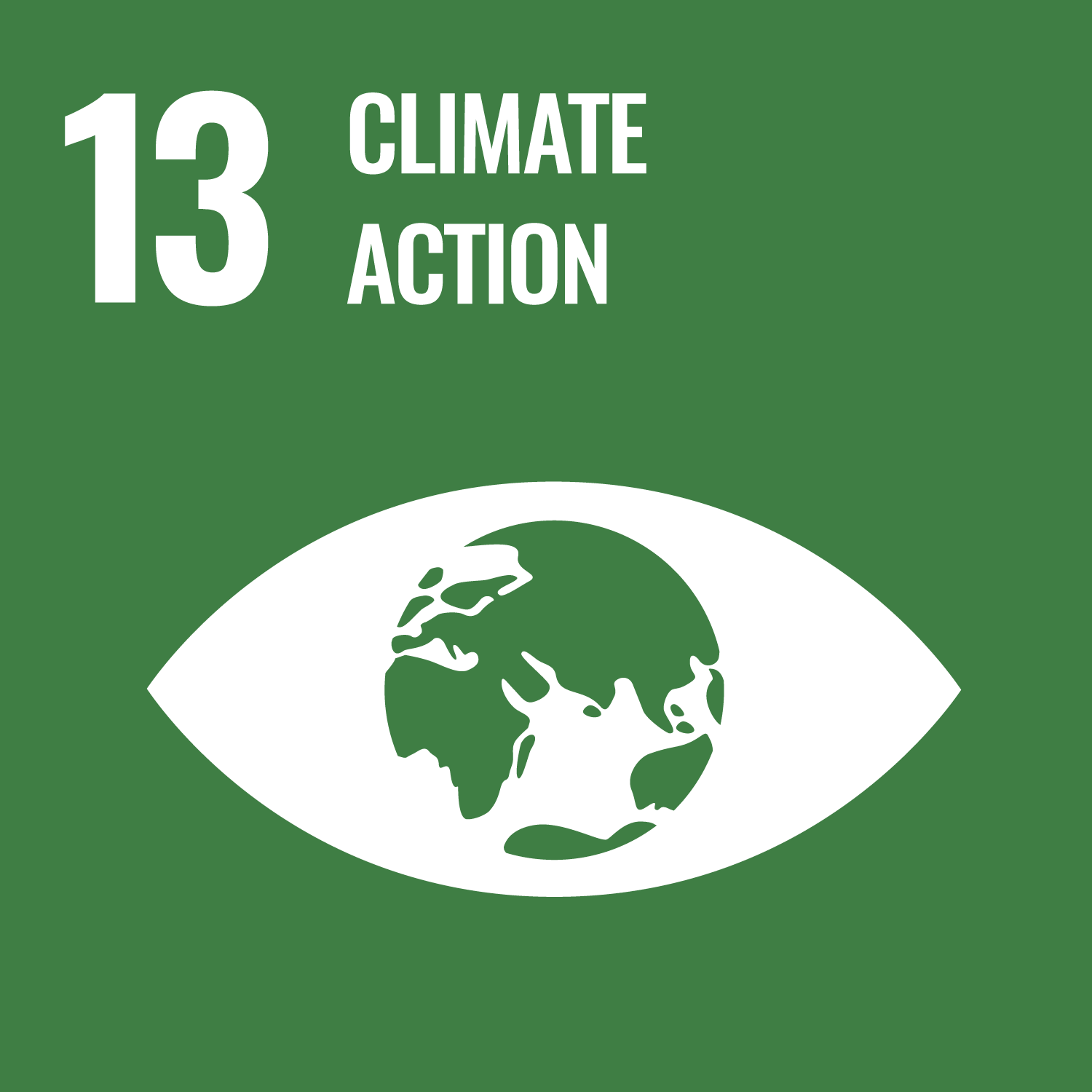
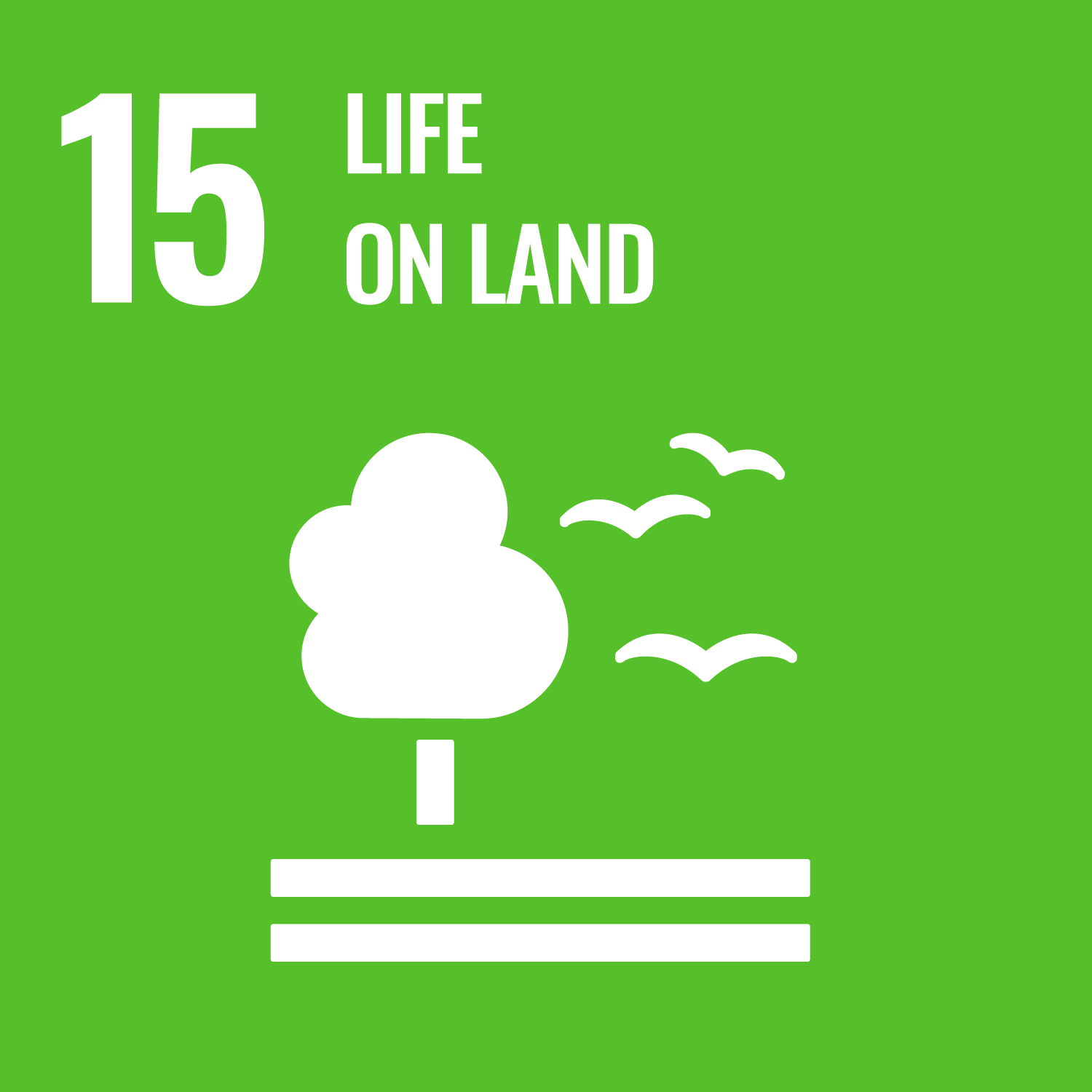
Keywords
Research, Forestation
